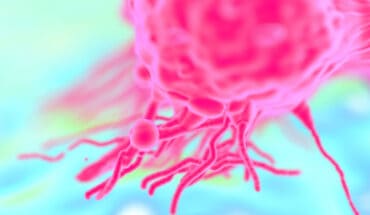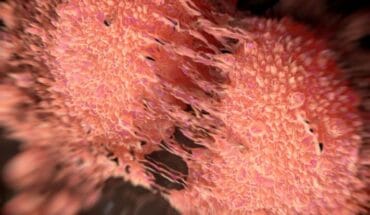Today three million woman in the UK are diagnosed with so-called brittle bone disease osteoporosis and 75,000 hip fractures are treated every year – eight of ten affecting women. Research published in the journal, BMC Musculoskeletal Disorders in 2010 shows that although the incidence of fractures appears to have risen since the 1960s, this is probably entirely due to the rise in the ageing population – the average age to have hip fracture is 80. A recognised definition of the disease was not produced by the World Health Organisation until 1994. ‘For patients, getting a diagnosis in the past was very difficult,’ explains Professor Tahir Masud, a consultant physician at the University of Nottingham Hospitals NHS Trust, and a spokesperson for the National Osteoporosis Society. ‘We also didn’t have bone density scanners (dual energy x-ray absorptiometry (DXA) scanners), now recognised as the gold-standard method for measuring bone mineral density (BMD) and diagnosing osteoporosis. At the time, they were only being used for research purposes.’
The first bisphosphonate treatment for osteoporosis, etidronate was launched in 1997, though bisphosphonates were first investigated in the 1960s. They work by inhibiting the breakdown of bone – a natural process which is carried out by cells called osteoclasts. The drugstops the osteoclasts from removing the bone
Today, there are lots of newer treatments for women suffering from brittle bones, including denosumab, a monoclonal antibody injection which lasts for six months and prevents calcium from leaching out of bones. ‘In the past, women ate more dairy and calcium rich foods. In recent years there have been public health campaigns such as by the National Osteoporosis Society to improve the public’s awareness of the importance of enough calcium and vitamin D in the diet which are needed for healthy bones,’says Professor Masud. Some NHS patients, who have tried other treatments unsuccessfully, may be offered a bone building agent, teriparatide, a synthetic version of the human parathyroid hormone which causes bones to grow. It works by activating osteoblasts, the specialist bone-growing cells. It is very expensive – costing more than £7000 per patient for a 2 year course, and is usually prescribed only for patients who have severe bone loss.
- Gut microbiome could delay onset of type 1 diabetes - 3rd April 2025
- The da Vinci 5 Robot Is Set To Transform Bariatric Care: - 31st March 2025
- Beyond money: the hidden drivers fuelling child food insecurity - 31st March 2025






